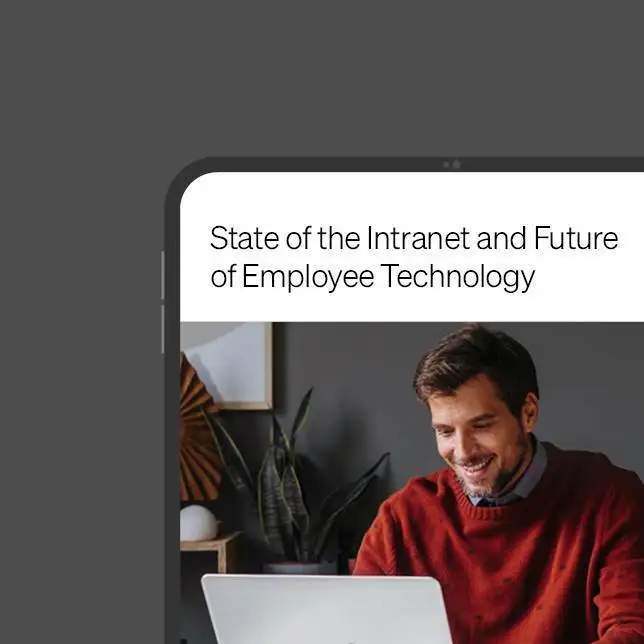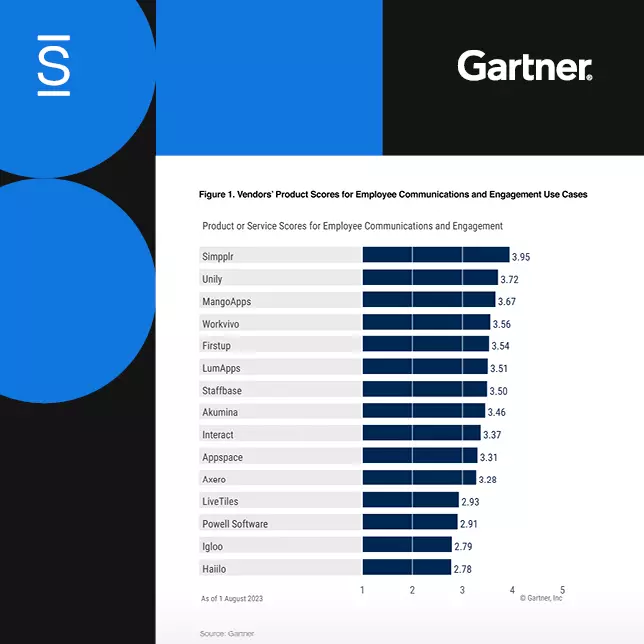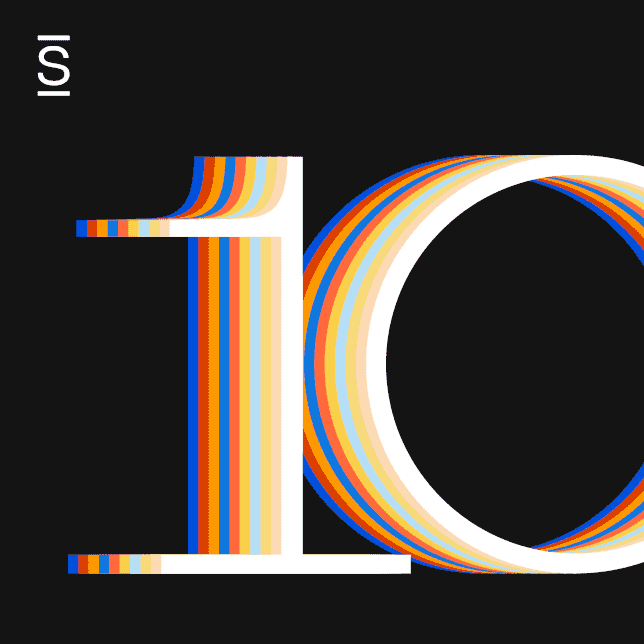Who are The Millennials in the Workplace?
We often hear the terms Millennials, Generation X, Generation Z and Baby Boomers but what does that actually mean and who are these terms referring to. The Pew Research Center has defined the generations aligning with each term depending on birth year for us:
Baby Boomers: Born 1946 – 1964
Generation X: Born 1965-1980
Millennials: Born 1981 – 1996
Generation Z: Born 1997 – Present
In 2020, 50% of the workforce is comprised of millennial’s ranging in age from 22 to 38 and by 2025 will be 75% of the workforce.
With a new generation entering the workforce, it’s worth taking a look at what makes Millennials different in the workplace and how organizations need to adapt to retain talent in this fast-moving generation.
How Are Millennials Different Compared To Other Generations?
Millennials have changed the way that organizations work by placing more value and importance on collaboration in the workplace, teamwork and the evolution of technology. This growing workforce tends to be highly educated, skilled in technology and have the ability to multitask while maintaining high energy. They seek challenges and find new, creative ways to solve everyday problems while maintaining a healthy work life balance.
Born in the era of the internet, this generation has grown up with access to information and communication at their fingertips. Regardless of location and the ability to connect online instantly, millennials aren’t used to being constrained when it comes to technology.
One of the major differences between millennials and other generations is that they are masters of digital communication. Whether it’s through social media, google or a text – millennials have access to information and knowledge in just a few clicks.
In the workplace, this generation of employees seek regular communication from their leadership and updates from organization. Inconsistent emails, quarterly reports and lack of insight to the company simply aren’t enough anymore. Managers need to provide their teams access to information in a way that engages the workforce and encourages them to optimize their performance.
How are Millennials Changing the Workforce?
Millennials are making massive transformations in businesses especially as they grow into manager and leadership roles. The workplace is experiencing a shift from customer-centric to employee-centric experiences. With a growing market looking for valuable employees, the focus has shifted from compensation packages to developing employee relations and experiences.
Studies show that Millennials count their strengths as optimism, ability to work smarter and multi-tasking capabilities. The Baby Boomer generation grew up with structure that lacked communication and inflexible working systems. Comparatively, millennials tend to be more communicative, tech-savvy and crave creative solutions while seeking growth and challenges.
Companies need to adapt to this moving trend to retain top talent or risk losing them. Employees are looking for new work environments that provide flexible work hours, remote work and career growth opportunities.
Millennials are Utilizing More Tech in the Workplace
Millennials have grown up with technology, mobile devices and the internet. According to Gartner, Millennials interact with their personal devices nearly 80 times a day and 40% have the latest mobile device model.
The latest generation are finding innovative ways to use technology to complete tasks and automate business processes. Companies need to invest not only in more hardware but also software as millennials continue to join the workforce. From instant messaging to video conferencing to modern intranets, Millennials are looking for their companies to have the proper tools to improve processes.
Millennials want more out of their company software. They desire and expect consumer-grade UX and UI to streamline their workflows. When it comes to your company intranet, the drop-down navigation is dead. Traditional intranets are preconfigured sites, designed for internal company use with access restricted to a subset of users, such as employees and key company stakeholders. Whereas, modern intranets are purposefully designed to streamline critical top-down communication especially for a remote workforce. It’s important to make the distinction between traditional intranets and modern intranets. Modern intranets are different from the intranets of the past.
By staying ahead of the curve, organizations create better experiences for not only their employees but clients as well. Employees are able to utilize the time saved on having proper tech to develop new skill sets.
Millennials Believe Working from Home is Important
Company culture has started to shift and a need for flexibility has emerged. According to a Deloitte study, nearly 75% of Millennials believe that a ‘Work from Home’ or ‘Remote Work’ policy is a necessity.
The current COVID pandemic has shown that it’s possible for organizations to switch to an extended remote work environment. Businesses face the challenge of keeping their remote workers engaged, productive and motivated but having a communication strategy and platform makes employees feel like they’re a part of the larger organization.
Millennials Change The CEO Stereotype
Millennials aren’t interested in working for organizations where the CEO seems unapproachable and uncommunicative. Leaders that display transparency, willingness to connect and communicate openly are valued more amongst millennials than those who don’t.
According to studies, employees log on to the company intranet specifically to see messages from the CEO. Top-level management messages have a lot of power.
Open communication, inclusiveness and attention to the ambitions of Millennials fosters loyalty and improves communication channels so that all employees feel like they can easily share and contribute.
Millennials Desire More Collaboration at Work
Millennials are experts at using social networks and collaborative tools to share ideas and innovations. A study found that 74% of Millennials prefer to collaborate in small groups and that 38% of Millennials feel that outdated collaboration processes damage their company’s innovation.
Organizations need to transform how they communicate and collaborate. It’s up to managers to create a connected, supportive remote work culture, so teams are prepared to work productively and effectively. Organizations that are able to and encourage collaboration find that their employees are more aligned, business is successful and have higher retention rates.
Millennials Empower Each Other in the Workplace
Real leaders empower each other. Millennials prefer to have a collective leadership in place rather than a one-man show. Young leaders are focused on helping others and giving more opportunity and space to others rather than having a one-track mind for their own success.
Employees need to feel that they’re trusted and valued and that managers have a genuine interest in mentoring their skills to develop and improve. Having their voices helps people find meaning in their work.
Millennials in the Workplace have Aligned Work and Life Values
Millennials seek purpose in the organizations they work for and want to feel like their work has value in the world. Without passion and social purpose, there is no meaning to their work. If a company’s ethos matches up with an employee, they are likely to be more engaged and productive at work and even stay longer providing a financial value to the company.
Modern collaboration tools help leadership and organizations communicate important values to their workforce. Millennials value work that positively contributes to society while also having the proper opportunity to learn and grow. It’s important to communicate how your business has a positive impact on society.
Conclusion
Millennials are the biggest generation to emerge since the baby boomers and are likely to account for the largest workforce in the next 20 years. As more millennials join the workforce, the tools your organization uses will change and so will the workplace culture. Organizations that are better positioned to engage and retain their millennial workforce will see an increase in productivity.
The workplace of the future is here.














